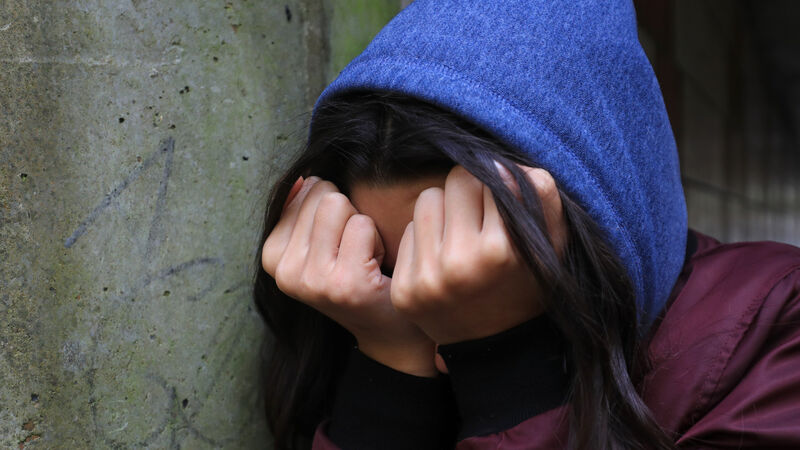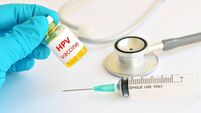Rise in school leaving and family strife in teenage addiction

There was a sharp increase last year in the number of young people attending the HSE adolescent addiction service who have left education and whose parents have separated.
There was a sharp increase last year in the number of young people attending the HSE adolescent addiction service who have left education and whose parents have separated.
The service’s 2023 annual report also raised concerns about the revival of a challenge on social media where teenagers consume a cocktail of substances, including cough syrup, soft drinks, pieces of hard candy, and sometimes alcohol.
The report said it dealt with 60 young people and their families in 2023, up 13% from 2022. Ages ranged from 13 to 18 and the typical age was 15.
Similar to 2022, the biggest single source (40%) of referrals was from the Child and Adolescent Mental Health Service (Camhs).
It said two-thirds of young people treated in the service in 2023 had a history of contact with Camhs.
“This reflects the extent to which dual diagnosis features among young people attending the service,” the report said.
Around 60% of young people had more than one issue, with more than 30% having ADHD.
More than 15% had experienced self harm and a similar percentage suffered from emotional dysregulation. Just over 10% had behavioural issues and a similar percentage had depression.
The report said that 3% of clients were not in education or training and that a further 8% were in alternative education programmes.
In addition, a number of young people were absconding from school and had poor school attendance.
“This reflects a shift in comparison to 2022 when there was no young person of school going age out of education,” the report said.
It said substance misuse featured in almost half (48%) of their client's families, compared to 42% in 2022.
“The incidence of parental separation was also higher at 56%, compared to 28% in 2022,” the report said.
“Additionally, some young people had one parent who was deceased, while others had experienced domestic violence or sexual abuse.”
It said that 10% of the children were in residential care and had a juvenile liaison officer.
The report said that in addition to co-occurring mental health issues, other issues presented included school refusal, drug dealing, so-called joyriding, issues around gender identity and unsafe sexual practices.
Issues affecting the lives of some families included poverty, accommodation insecurity, multiple home moves and overcrowding, sometimes with three or four siblings sharing bedrooms.
The report said cannabis weed was still the main drug, with an overall rate of 87%, down from 98% in 2022. Some 8% said they consumed edibles as well as smoking while 2% consumed in vapes.
Alcohol featured in 57% of cases, up 22% on 2022. Other substances included nitrous oxide (18%), amphetamines (12%), cocaine (8%), and ketamine (7%).
The report said given an “increasing level of tolerance” for substance use within society and petitions for legalisation that young people are being given “mixed messages”.
It said social media had a “significant effect on all areas of youth culture”.
The report said there was a revival of the ‘Lean Challenge’ in some areas. Lean is made using cough syrup, which contains antihistamine and codeine, mixed with carbonated lemon-lime soda and pieces of hard candy, sometimes with sports drinks or alcohol.









